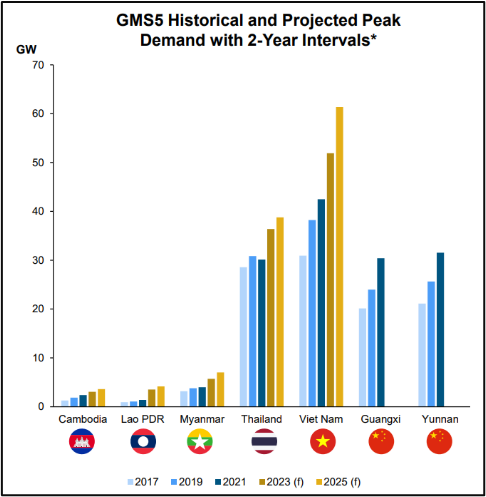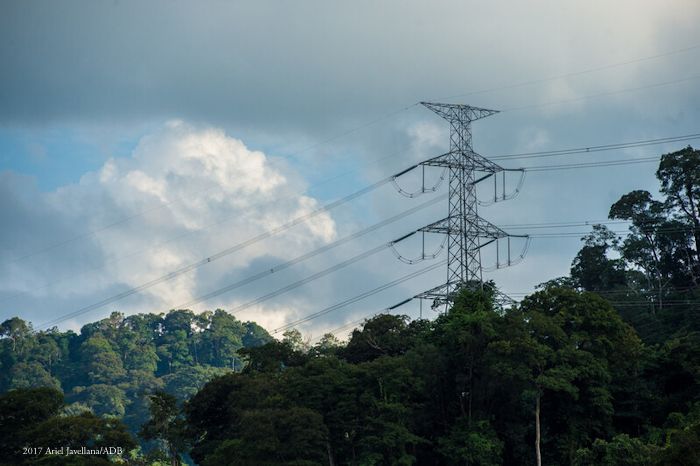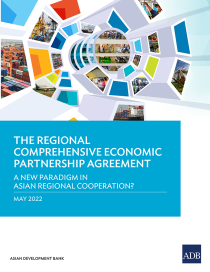PRC, Lao PDR Achieve Two-way Energy Trade
The People’s Republic of China and the Lao People’s Democratic Republic have successfully conducted two-way transmission of electricity on 20 June 2022, marking a milestone in their energy trade. The Nam Tha 1 Hydropower Station, Lao PDR, sent electricity to Yunnan province, PRC.
China Southern Power Grid (CSG) and Electricite du Laos (EDL) signed a 115 kV power trade agreement in March 2022 to help consume Lao PDR’s surplus hydropower during the rainy season. During the dry season, CSG will export power supply to northern Lao PDR.



